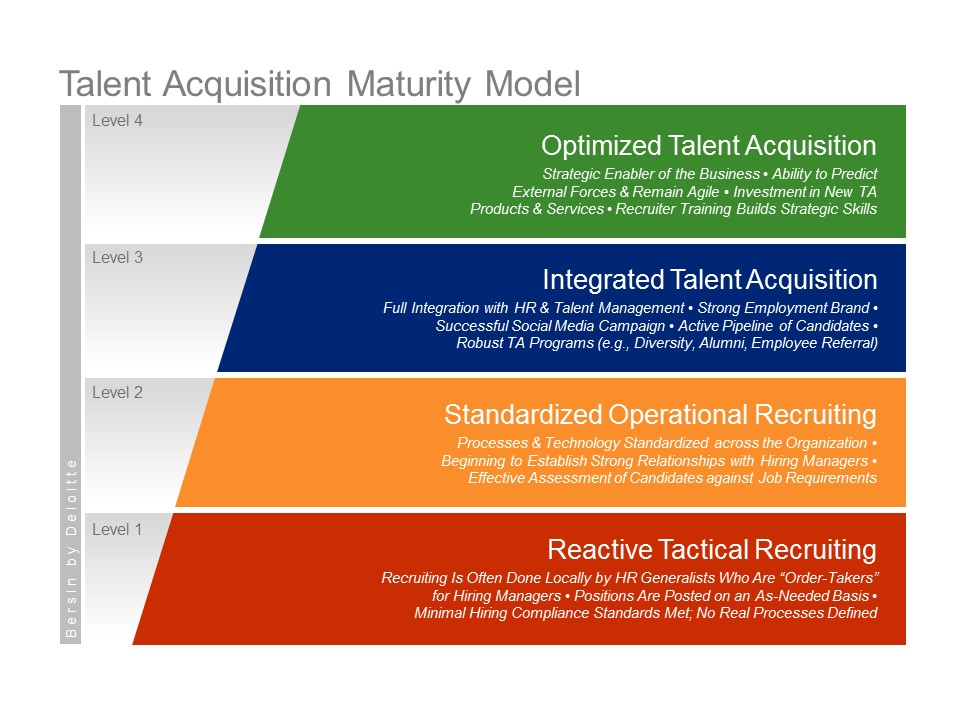Address talent issues with a gap analysis
Too often, people are an afterthought in the strategic planning process. Just as you gauge your capabilities and needs for things like equipment, suppliers, facilities and finances, you should consider whether you have the right talent on board and the right culture in place to meet your business objectives. In fact, there’s nothing more important.
A talent and culture gap analysis is a great way to see what you’re missing.
How the process works
Performing a talent and culture gap analysis isn’t a daunting task. It involves these five steps:
Step 1—Formulate your objectives
Step 2—Evaluate your current state
Step 3—Define your desired future state
Step 4—Bridge the gap
Step 5—Factors and remedies
Key questions to ask
When working through these steps, here are some key questions to consider:
- Do you have a continual process to understand, improve and leverage your unique culture?
- Do you consistently evaluate candidates and employees to ensure they are a cultural fit, are energized and productive, and will stay on board as your company evolves?
- Do you understand the strengths, weaknesses and behavioral tendencies of your current and prospective employees? Have you determined how well they fit with specific positions?
- Do you know what “good” looks like? Can your hiring managers carefully and consistently assess candidates against the requirements of each position?
- Do unfilled positions and/or high turnover limit your company’s growth?
- Do you continually source and engage candidates with the right skills, experience, and cultural fit?
- Does everyone involved in the hiring process at your company:
- know how to interview?
- prepare for interviews?
- evaluate candidates consistently?
- Do you offer an effective, 90-day onboarding plan for new hires, which ensures consistent, high-quality first impressions, assimilation and shorter time to productivity?
- Are you strategic in forecasting your internal talent/culture needs and understanding the impact of external forces?
- Do you have a strong employment brand that accurately communicates the culture of your company, giving people a compelling reason to want to work for — and stay with — your organization?
- Do you leverage your employment brand through effective social media campaigns and employee referral programs?
A maturity model for talent acquisition
The talent division of Deloitte, Bersin by Deloitte, created a Talent Acquisition Maturity Model (below) that can also assist you in this process, particularly as you work through steps 2 and 3.

If your organization is on Level 1 but aspires to reach Level 2 or higher, you are certainly not alone. Bersin’s study of nearly 300 companies found that the majority were at Level 1 maturity.
Here are other key findings from their study:
1. High-impact talent acquisition improves overall business outcomes. Organizations with the most mature (Level 4) functions outperformed those at Level 1 by 30%, making a compelling business case for the investment in strategic talent acquisition.
2. Developing strong relationships with hiring managers is the top driver of talent acquisition performance. Bersin research shows that this is four times more influential than the other performance drivers.
3. Candidate pool development is the second-most influential talent acquisition performance driver. The best HR teams and recruiters know not only where to find talented people, but also understand how to engage and sustain communications with prospective targets over time.
From analysis to roadmap
In a company, talent and culture problems are usually easy to spot and hard to resolve. A gap analysis is critical to addressing these issues before they sabotage your organization’s goals.
After you’ve completed the five steps in the gap analysis, use the insights you’ve found to create a comprehensive, clear and actionable roadmap that links your talent strategy to your business strategy. This roadmap should tell you where you are, where you want to be and how you want to get there.
The gap analysis process — from setting objectives to compiling the report — helps maximize your resources. In addition, by addressing both the causes and actions of talent and culture gaps, you can help ensure the future success of your company.
Read more about this topic: To build a better culture, ask 3 questions.
Category: Talent Management
Tags: Hiring, Human Resources, National Sponsor, talent planning, TalenTrust

